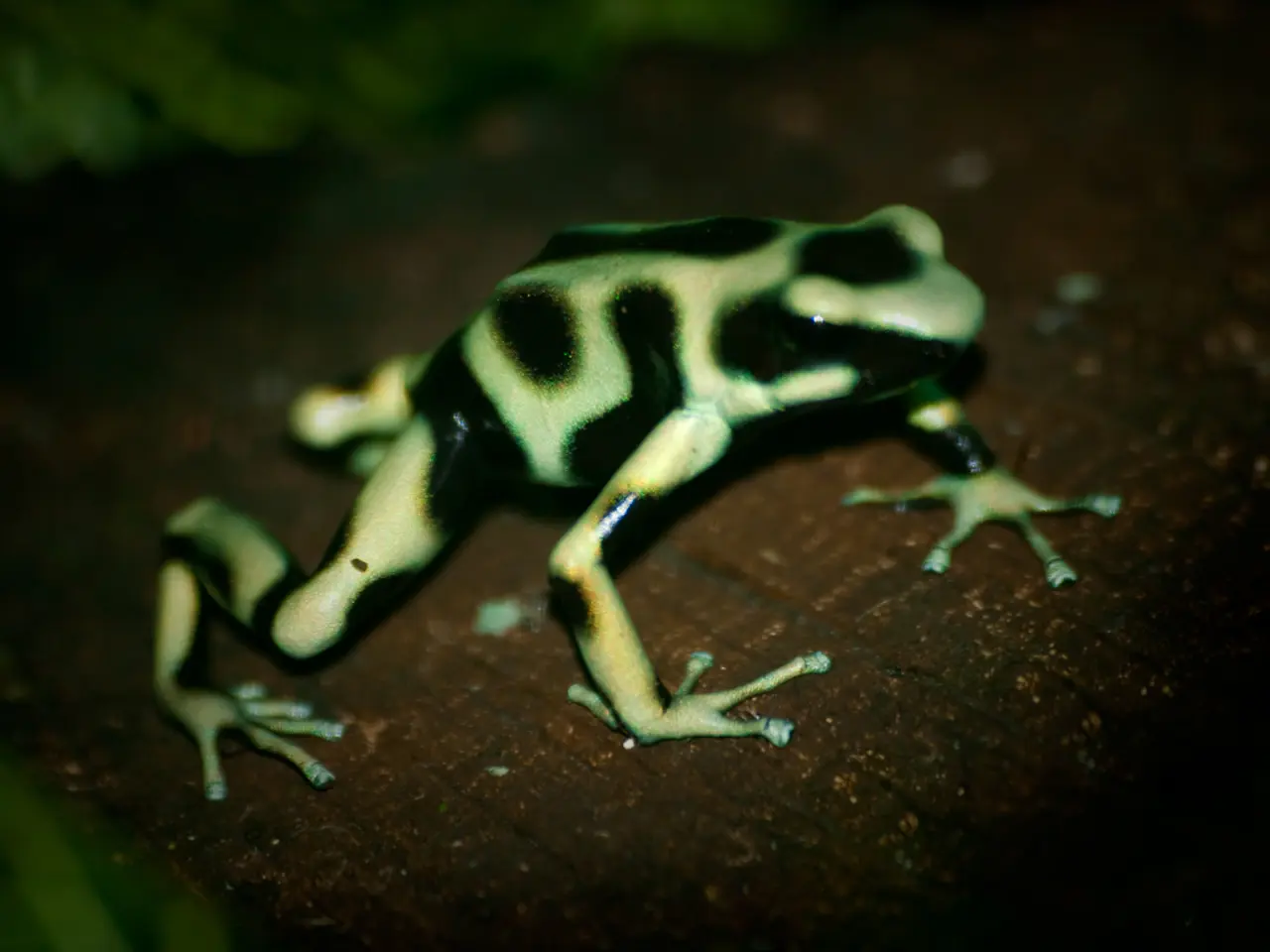Rearing of 200 Loa Water Frog Tadpoles Encourages Hope for the Precarious Species
In the heart of Chile's Atacama Desert, the Loa water frog (Telmatobius dankoi)—once found only in a single stream—is battling against extinction. This semi-aquatic amphibian, vulnerable to changes in its environment and threatened by human activities, has seen a glimmer of hope with the successful rehabilitation and hatching of nearly 200 tadpoles at the National Zoo of Chile.
Víctor Millán, a dedicated herpetologist, led the conservation effort that rescued 12 of the 14 malnourished and dehydrated Loa water frogs from a small muddy pool. With the assistance of the Chilean government, these rare creatures were airlifted to the National Zoo of Chile in Santiago for rehabilitation.
The first objective of the conservation effort was the rehabilitation of the rescued individuals. The second, the successful reproduction and hatching of the tadpoles. This achievement offers a glimmer of hope for the critically endangered frog, as classified by the IUCN Red List of Threatened Species.
However, returning the Loa water frog to the wild someday will require identifying a safe habitat and protecting it from the threat of illegal water extraction and habitat destruction. The stream in Calama, the mining capital of Chile, is facing water scarcity, contamination, and shrinking due to mining, agriculture, and real estate development.
South America is home to 63 species of water frogs, with about 10 species in Chile. Many of these species, including the Loa water frog, are micro-endemic, meaning they are only found in a small region. They are particularly vulnerable to habitat destruction, invasive trout species, disease, and pollution.
The successful conservation effort for the Loa water frog serves as a reminder of the importance of protecting these unique and threatened species. As the world continues to change, it is crucial that we work to preserve the diverse ecosystems that these creatures call home.
[Image Credit: Smithsonian Mag]
Read also:
- Peptide YY (PYY): Exploring its Role in Appetite Suppression, Intestinal Health, and Cognitive Links
- Toddler Health: Rotavirus Signs, Origins, and Potential Complications
- Digestive issues and heart discomfort: Root causes and associated health conditions
- House Infernos: Deadly Hazards Surpassing the Flames








